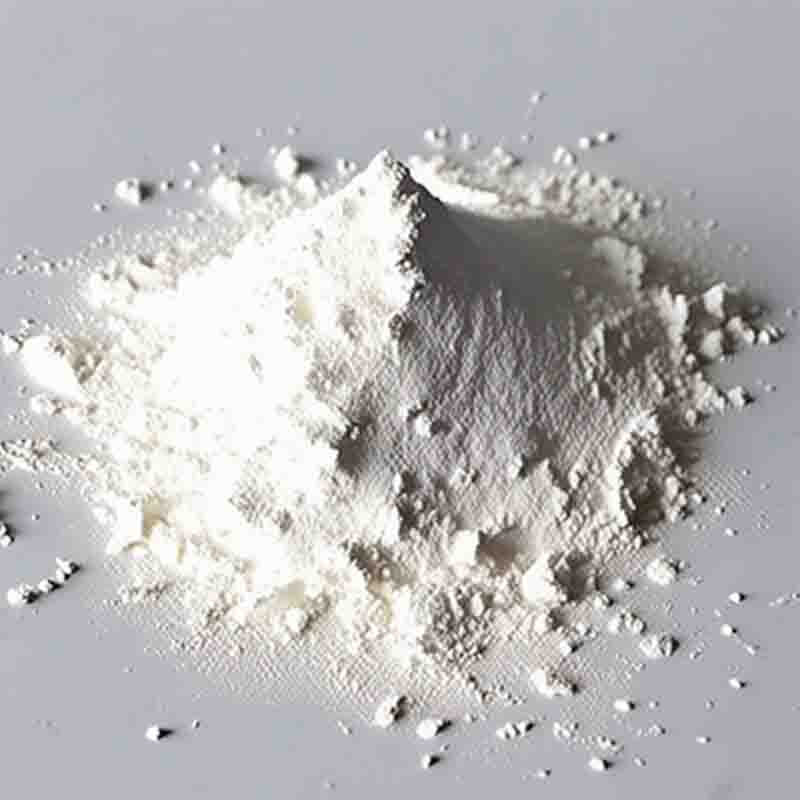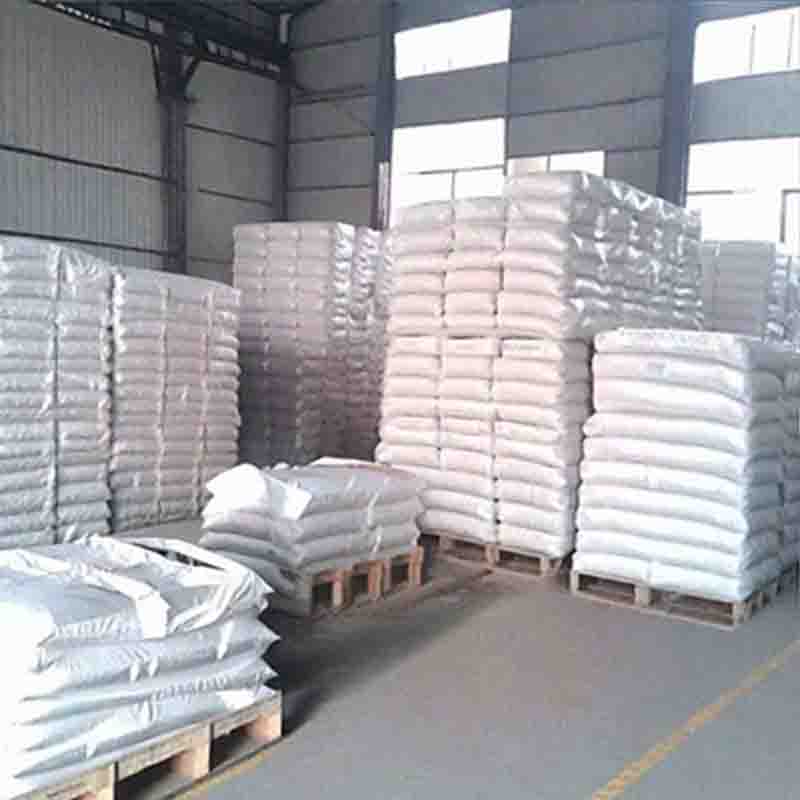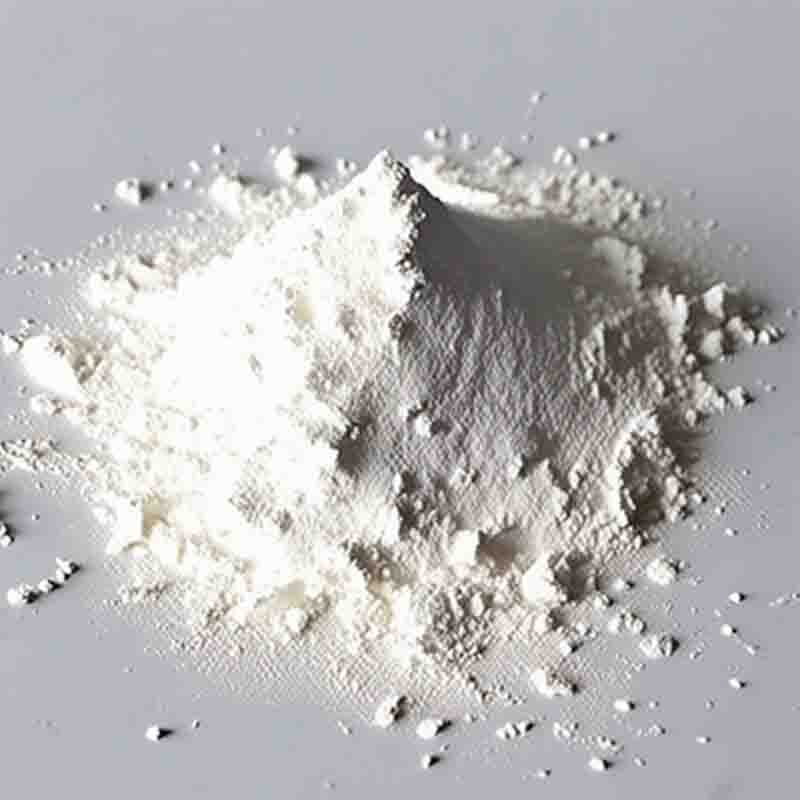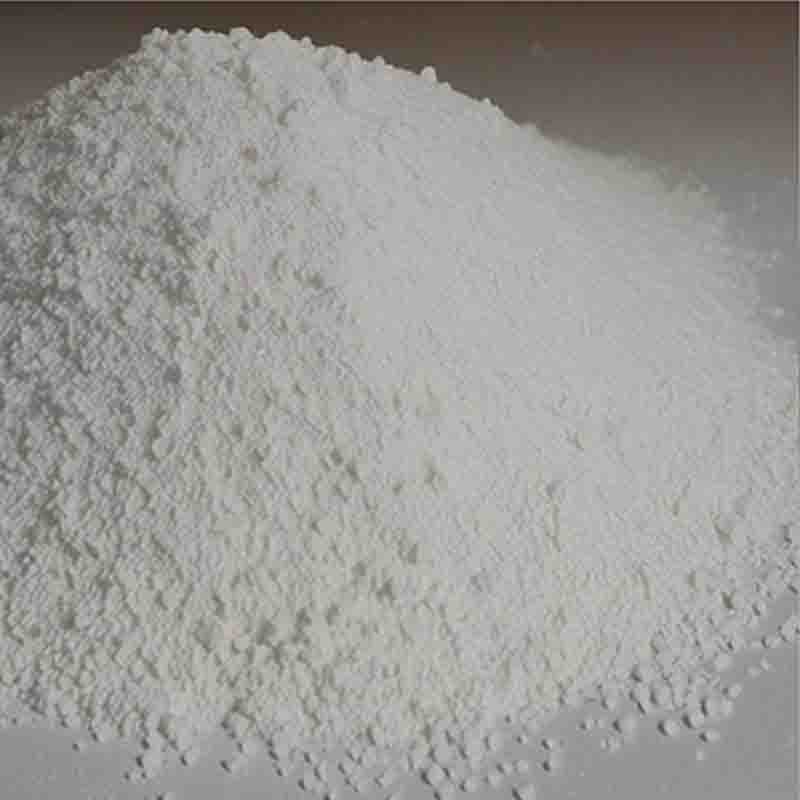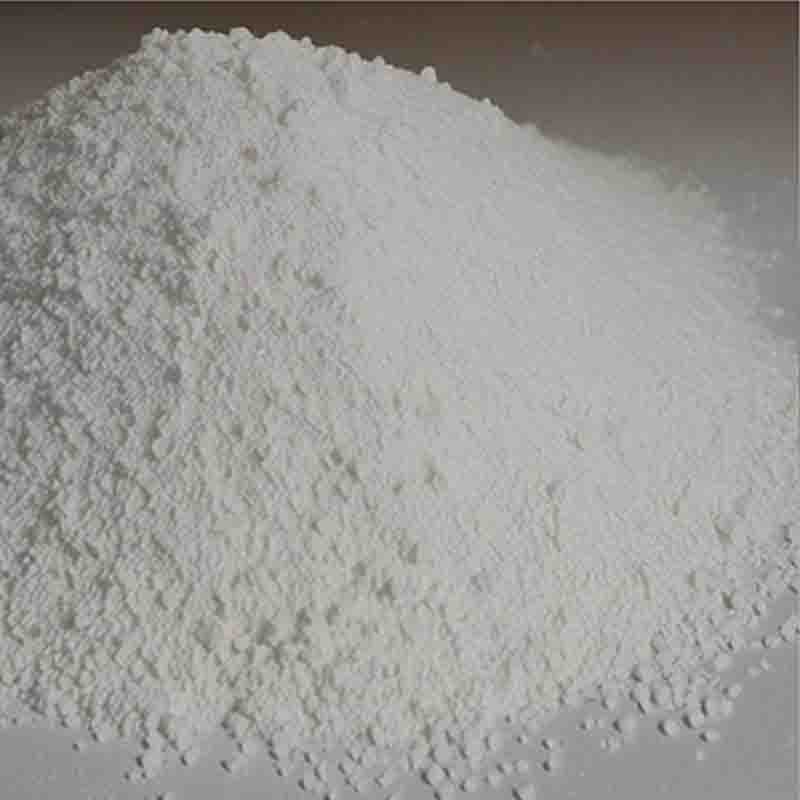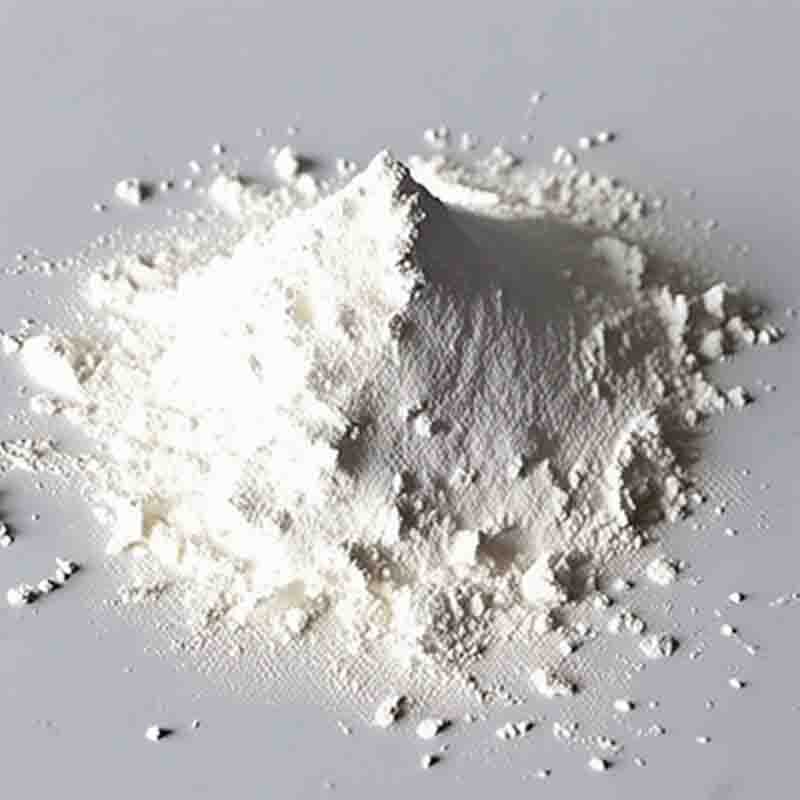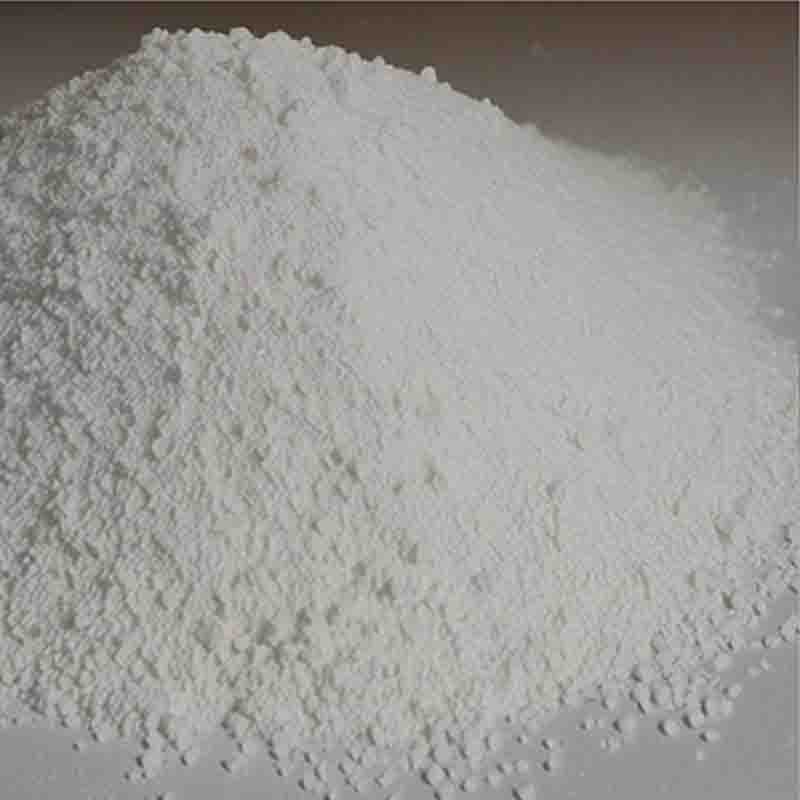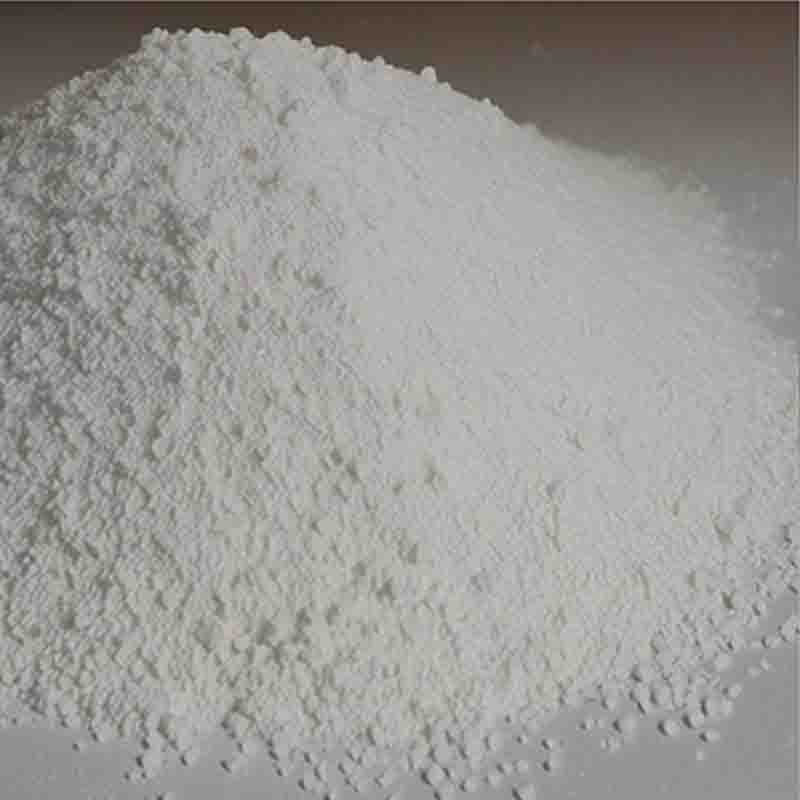Bis(2-chloroethyl)aminehydrochloride CAS:821-48-7
| Catalog Number | XD95258 |
| Product Name | Bis(2-chloroethyl)aminehydrochloride |
| CAS | 821-48-7 |
| Molecular Formula | C4H10Cl3N |
| Molecular Weight | 178.49 |
| Storage Details | Ambient |
Product Specification
| Appearance | White powder |
| Assay | 99% min |
Bis(2-chloroethyl)aminehydrochloride is a chemical compound that has both beneficial and potentially harmful effects. This compound, also known as nitrogen mustard, has been extensively studied for its use as a chemotherapeutic agent.One of the main effects of bis(2-chloroethyl)aminehydrochloride is its ability to interfere with cell division. It is an alkylating agent that works by forming covalent bonds with DNA, leading to cross-linking and DNA strand breakage. This disrupts the replication and transcription of DNA, ultimately inhibiting the growth of cancer cells. Nitrogen mustard has been used in the treatment of various types of cancer, such as lymphoma, leukemia, and certain solid tumors. However, it is worth noting that the use of bis(2-chloroethyl)aminehydrochloride as a chemotherapeutic agent requires careful monitoring and consideration due to its potential side effects.Although bis(2-chloroethyl)aminehydrochloride has shown efficacy in cancer treatment, it can also cause adverse effects. This compound is highly toxic and may cause severe tissue damage if not used appropriately. Common side effects include bone marrow suppression, gastrointestinal disturbances, and skin irritation. It can also affect reproductive and nervous systems. Due to its toxicity, bis(2-chloroethyl)aminehydrochloride is administered under the supervision of healthcare professionals who closely monitor patients for any signs of toxicity or adverse reactions.Aside from its use in chemotherapy, bis(2-chloroethyl)aminehydrochloride has been investigated for potential applications in other areas. For instance, it has been studied as a potential chemical warfare agent due to its toxic effects. However, the production and use of nitrogen mustard as a chemical weapon are regulated and prohibited under international agreements.In conclusion, bis(2-chloroethyl)aminehydrochloride, also known as nitrogen mustard, is primarily used as a chemotherapeutic agent in cancer treatment. Its ability to interfere with DNA replication and cell division has made it effective against various types of cancer. However, its use requires careful monitoring and consideration due to its potential toxicity and adverse effects. Outside of cancer treatment, the use of bis(2-chloroethyl)aminehydrochloride is highly regulated and prohibited due to its potential for misuse as a chemical weapon.


